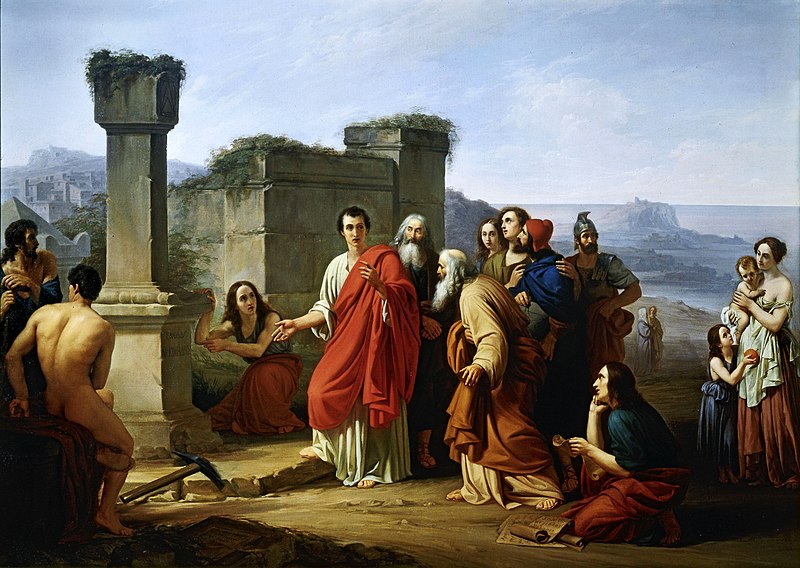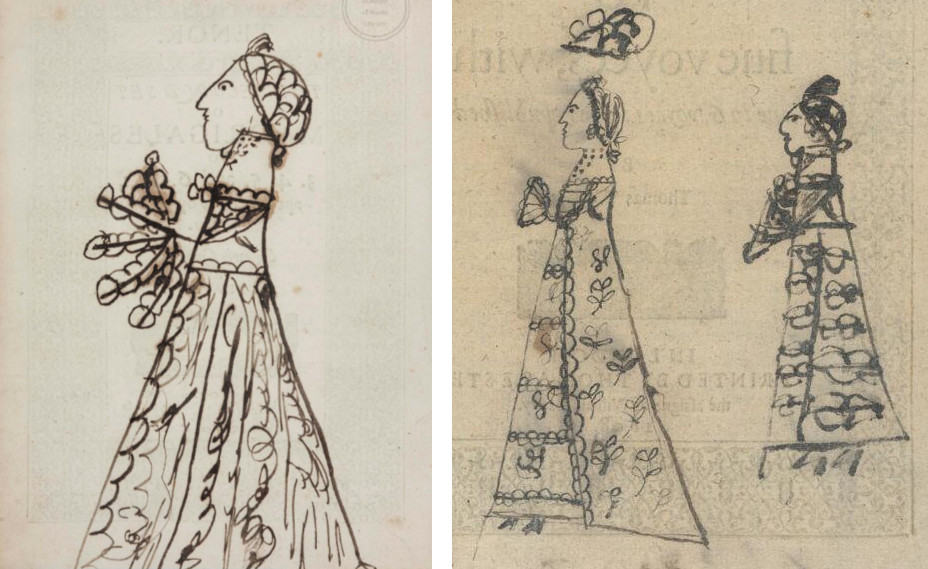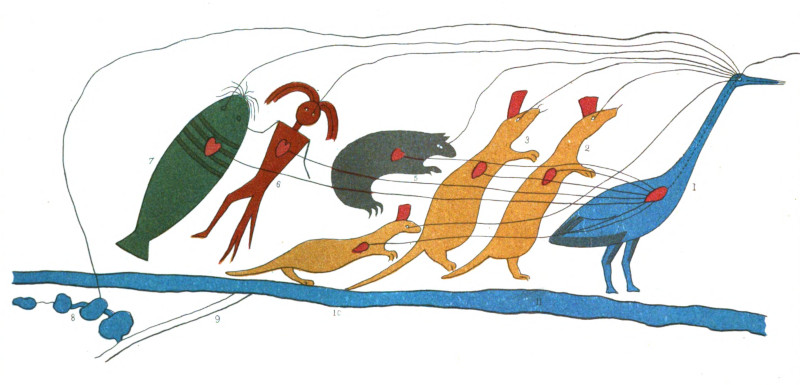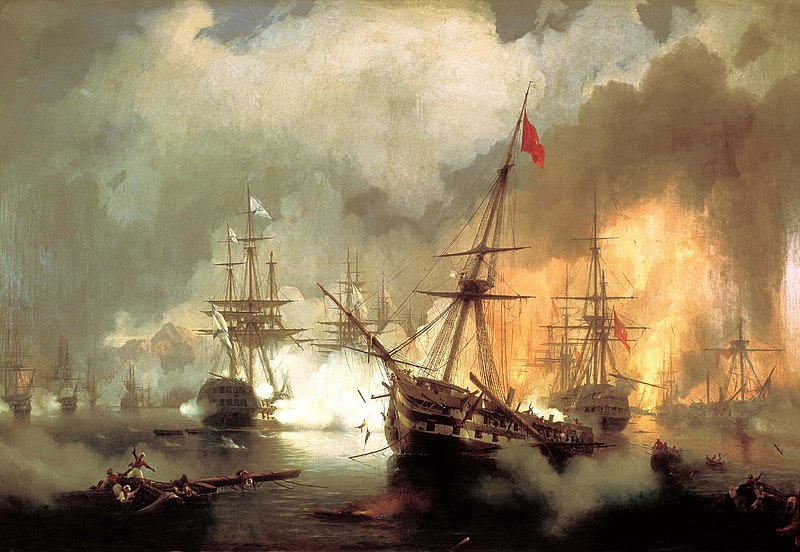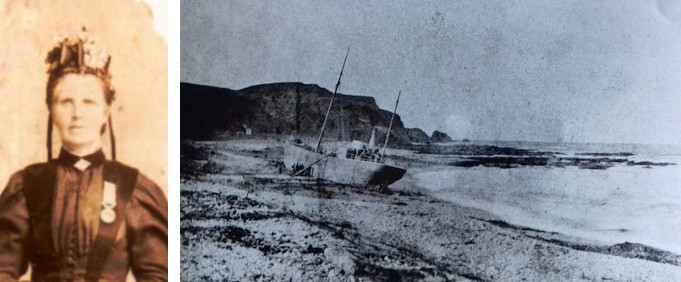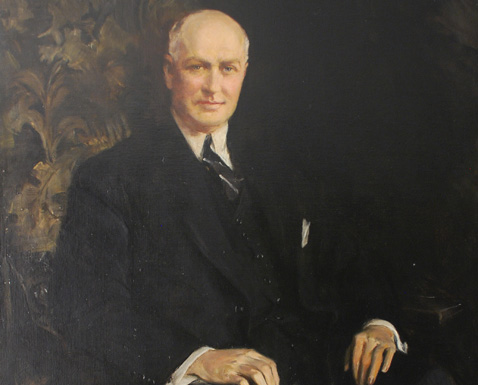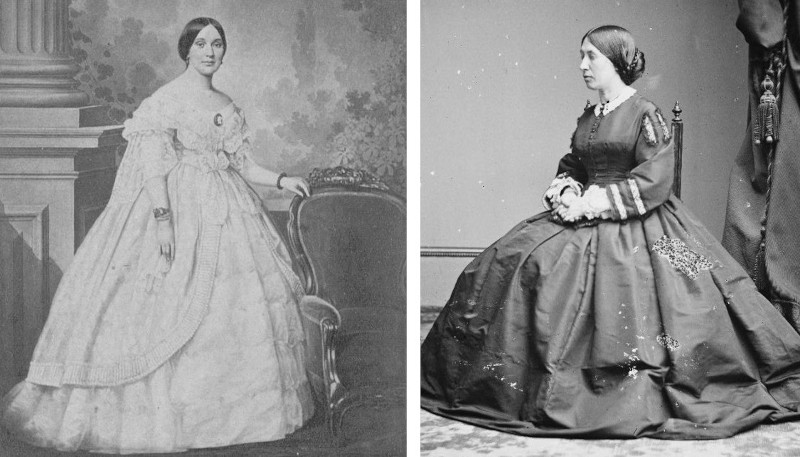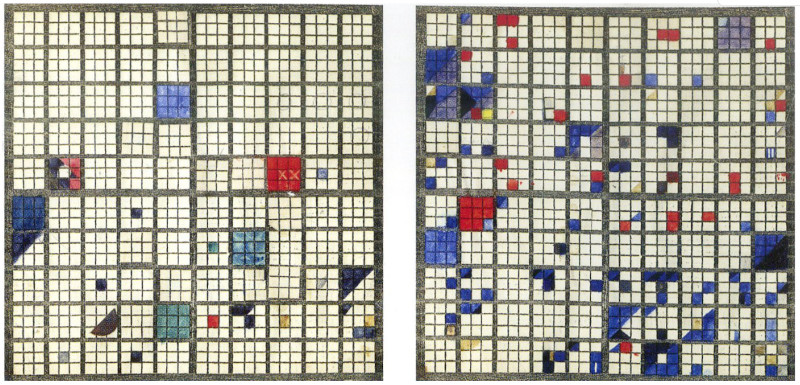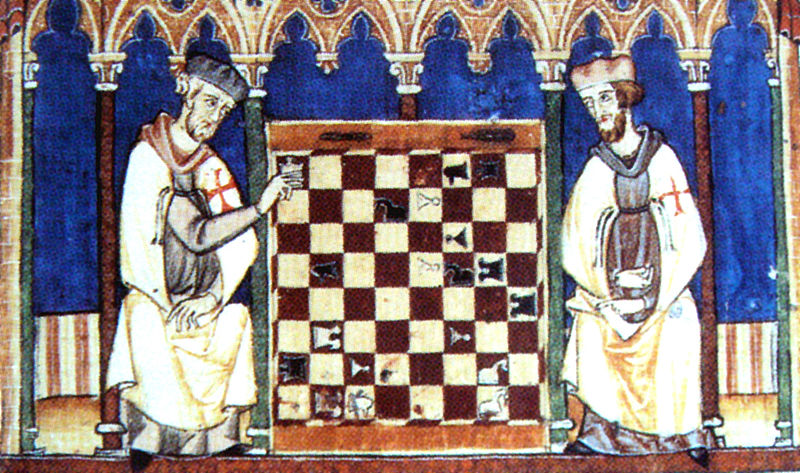
- The Dutch word for cease-fire negotiations is wapenstilstandsonderhandelingen.
- Rearrange the letters in ONE THOUSAND KILOS and you get OH, SOUNDS LIKE A TON! (Hans-Peter Reich)
- 1167882 + 3211682 = 116788321168
- The Irish for chess, ficheall, derives from the Old Irish fidchell, “wood intelligence.”
- “Life is a school of probability.” — Walter Bagehot
A tiny detail that I hope is true: In Time in World History (2019), historian Peter Stearns writes that before watches became affordable, some European soldiers “took their own roosters with them so they would wake up on time.”


